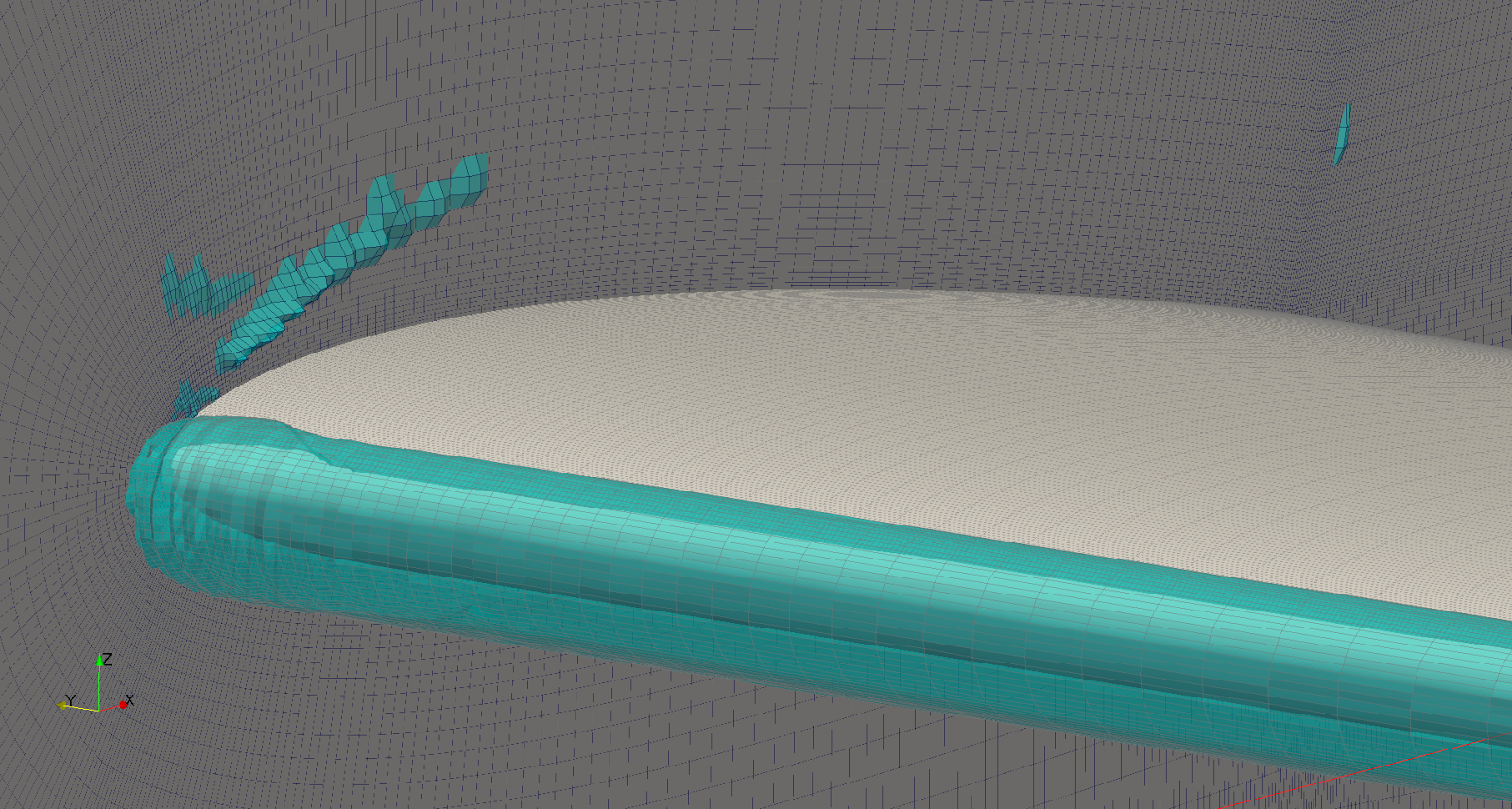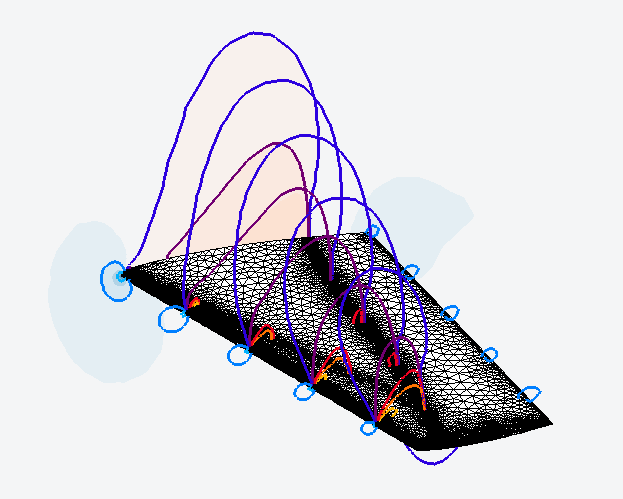Software Tools

The PoliMIce suite is a computational framework for the simulation in-flight ice accretion problems. This ice accretion engine is capable of performing fully three-dimensional icing simulations, its highly modular structure allows to couple the ice accretion engine to several CFD solvers for the solution of the aerodynamic field and for the reconstruction of droplet trajectories. The PoliMIce framework includes a three-dimensional mesh warping tool which allows to avoid the re-meshing process around the ice-accreted shape.
FLOWMESH
Flowmesh is an Euler solver for adaptive meshes specifically designed for aerodynamic applications. It is a Finite-Volume solver for the Euler equations of motions. The solver is node-cantered, edge-based, second order accurate in space and (up to) third order accurate in time. It works with hybrid (triangles, quadrangles, tets, prisms, etc…) dynamic meshes.
A mesh deformation algorithm based on the elastic analogy is used to relocate nodes and a fully adaptive strategy including node insertion, deletion and edge swapping is exploited to locally modify the grid topology, both in 2D and 3D. The governing equations are solved within the Arbitrary Lagrangian-Eulerian framework so that any interpolation of the solution is skipped.

The Nozzle Design Code
for Non-Ideal Compressible-Fluid Dynamics (ND-NI)

The ND-NI code is a non-ideal compressible-fluid implementation of the method of characteristics. ND-NI is capable of designing the supersonic divergent part of a convergent-divergent nozzle operating in the non-ideal compressible-fluid regime to guarantee uniform exit conditions (either pressure or Mach number can be selected).
The code was successfully used to design the test section of the TROVA facility at Politecnico di Milano and of the ORCID test-rig at the Technical University of Delft.
It was also applied to the preliminary design of supersonic blade passages for ORC application. The fluid dynamics model is coupled to simple thermodynamic models (ideal gas, van der Waals gas, Martin-Hou) and to the FluidProp Library.
Virtual Schlieren
The Virtual Schlieren code is a post processing tool capable of generating virtual Schlieren images from computational fluid dynamic (CFD) solutions. Due to the highly expensive nature of the numerical procedure required by this technique, the code was designed to exploit both the Message Passing Interface (MPI) protocol and the NVIDIA CUDA technology. The resulting code is then suitable for a massive parallel applications such as ray tracing being capable of easily processing millions (in the order of 1e7) of light rays in a small amount of time.
The code was designed having non-ideal flows in mind: in order to compute the value of the fluid refraction index with the required accuracy, several physical model were made available (Gladston-Dale, Lorentz-Lorenz..).
Virtual Schlieren images represent a contact point between numerical and experimental fluid dynamics solutions thus allowing to deepen the investigation of non-ideal fluid flows.


